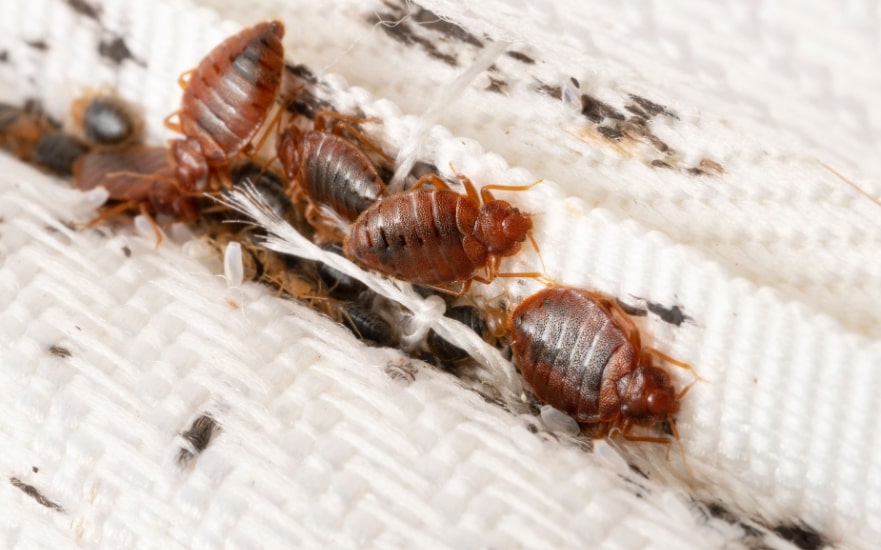
How To Check for Bed Bugs
Discovering a bed bug infestation early is one of the key ways to a successful extermination, and treating a minor infestation is reasonably easier and less costly than treating a widespread one. However, finding a low-level infestation isn’t as easy as they’re not just more challenging to find, but they’re also more challenging to identify.
In this guide, we’ll go over how to actually check for bed bugs and identify a low-level infestation before the bedbugs spread through the rest of your home and possibly hitch a ride to a place where they can start anew.
What Are Bed Bugs?
Bed bugs are parasitic insects that feed on the blood of their host, much like a mosquito does. However, unlike a mosquito, which lays its eggs in aquatic areas, bedbugs don’t fly, and they prefer close proximity to their hosts for feeding purposes.
As a result, they often infest bedding, but also the bed frame, headboard, and even other furniture, baseboards, electrical outlets, and other cracks and crevices that allow these pesky insects to hide until nighttime, when their hosts are asleep, allowing them to feed.
As a result of their feeding habits, bedbugs often leave people with bites; red or purple itchy spots on their skin, which can turn into full-blown allergic reactions in more sensitive individuals. However, some individuals don’t seem to respond to bedbug bites at all.
How to Check for Bed Bugs
Given their small size (adults are about the size of an apple seed) the fact they hide in cracks and crevices around your home, and the fact that they only leave at night to feed, bedbugs are difficult to spot unless there’s a very large infestation.
Considering that some individuals don’t even respond to bedbug bites, even the bites themselves are a sure sign that there’s an infestation. The most accurate way to identify a possible infestation, even a small one, is to look for the physical signs of bedbugs.
Bedbugs are great at hiding themselves, but they’re not really great at covering their tracks. So, the next time you’re cleaning, look for rusty or reddish stains on bed sheets. Bedbugs drink blood, and the stains we’re talking about might be caused by bedbugs being crushed.
Look for smaller black spots. As they digest the blood and excrete water, bedbugs will leave black excrement on your bedsheets or mattress, usually somewhere along the seam or near a tag. This also applies to canvas straps of old box spring coverings, which can actually house bugs, their molted skin, eggs, and even their feces.
The places you’d want to check, besides your bedding, are the seams of chairs and couches, drawer joints, electrical outlets, loose wallpapers, a junction between a wall and the ceiling, and other small areas that provide a perfect hiding spot. If a crack can hold a credit card, it can also hide and house a bed bug.
Endnote
Bedbug bites are a good indicator of a possible infestation, but they’re not a sure sign that an infestation is taking place. Your best bet is to look for the physical presence of the bugs themselves and all the “evidence” they leave behind.
